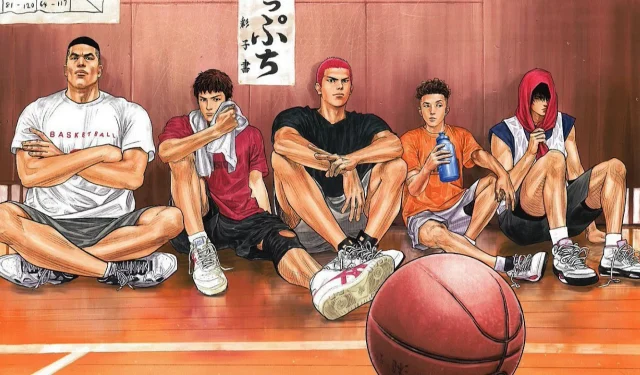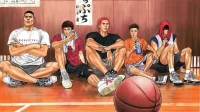Slam Dunk stands as a monumental figure in the realm of sports anime, recognized not only for its widespread acclaim but also for its impressive sales figures in manga history. This series captures audiences with its humor, relatability, and exaggerated yet endearing characters.
Even after two decades since its release, Slam Dunk remains a topic of conversation among athletes and fans alike, highlighting its enduring influence. The creator, Takehiko Inoue, has managed to keep the series relevant by introducing a new movie and maintaining interest with his ongoing projects. However, the highly anticipated updates to his other manga works, Real and Vagabond, remain unfinished, offering fans a nostalgic refuge through Slam Dunk.
This anime not only serves as a tribute to Takehiko’s legacy but also introduces newcomers to the world of sports anime, thanks to its down-to-earth narrative devoid of fantastical elements.
The character dynamics within Slam Dunk have become a template in sports manga, particularly those focused on high school settings. A common structure involves a headstrong protagonist with notable talent, upperclassmen seeking to achieve their sports dreams before graduation, and a manager envisioning success for the team. This winning formula, popularized by Slam Dunk, continues to inspire current works in the genre.
Disclaimer: This article reflects the author’s opinion and may contain spoilers.
What Makes Slam Dunk Unique?
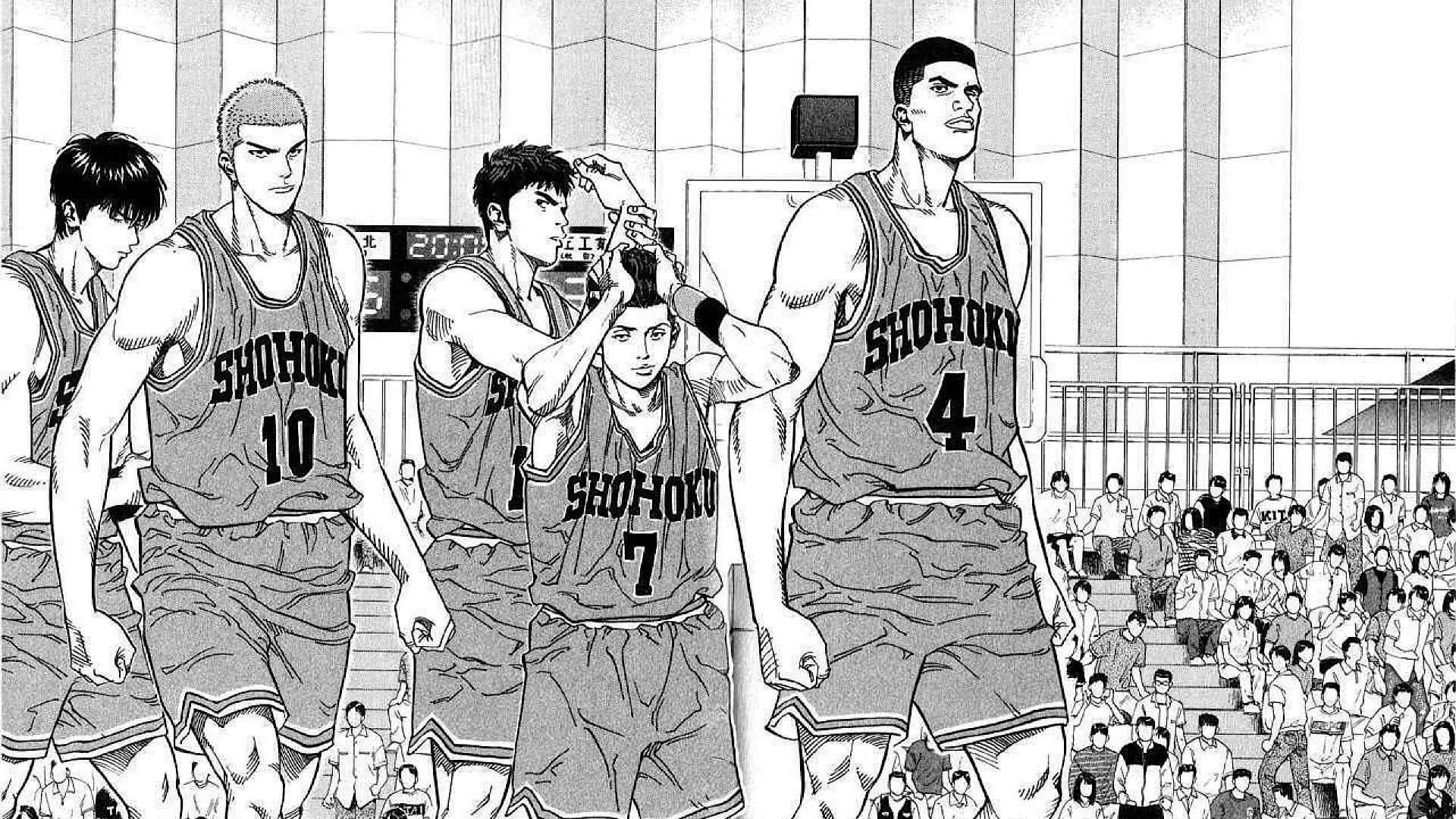
Despite its age, both the anime and manga of Slam Dunk continue to thrive with a dedicated fanbase. One of the reasons for this enduring popularity is the strong sense of nostalgia that permeates each chapter. Other anime like Neon Genesis Evangelion and Akira share a similar nostalgic essence, offering retro visuals that still captivate audiences.
The story’s appeal starts almost as a slice-of-life narrative, centering around simple yet relatable characters. The protagonist, Sakuragi, initially joins the basketball team to win the affection of Haruko, who is infatuated with Rukawa, the team’s star player focused solely on the game.
This love triangle creates an ongoing tension that evolves throughout the series. As Haruko’s character remains consistent, viewers become invested in witnessing the growth of Sakuragi and others around her.
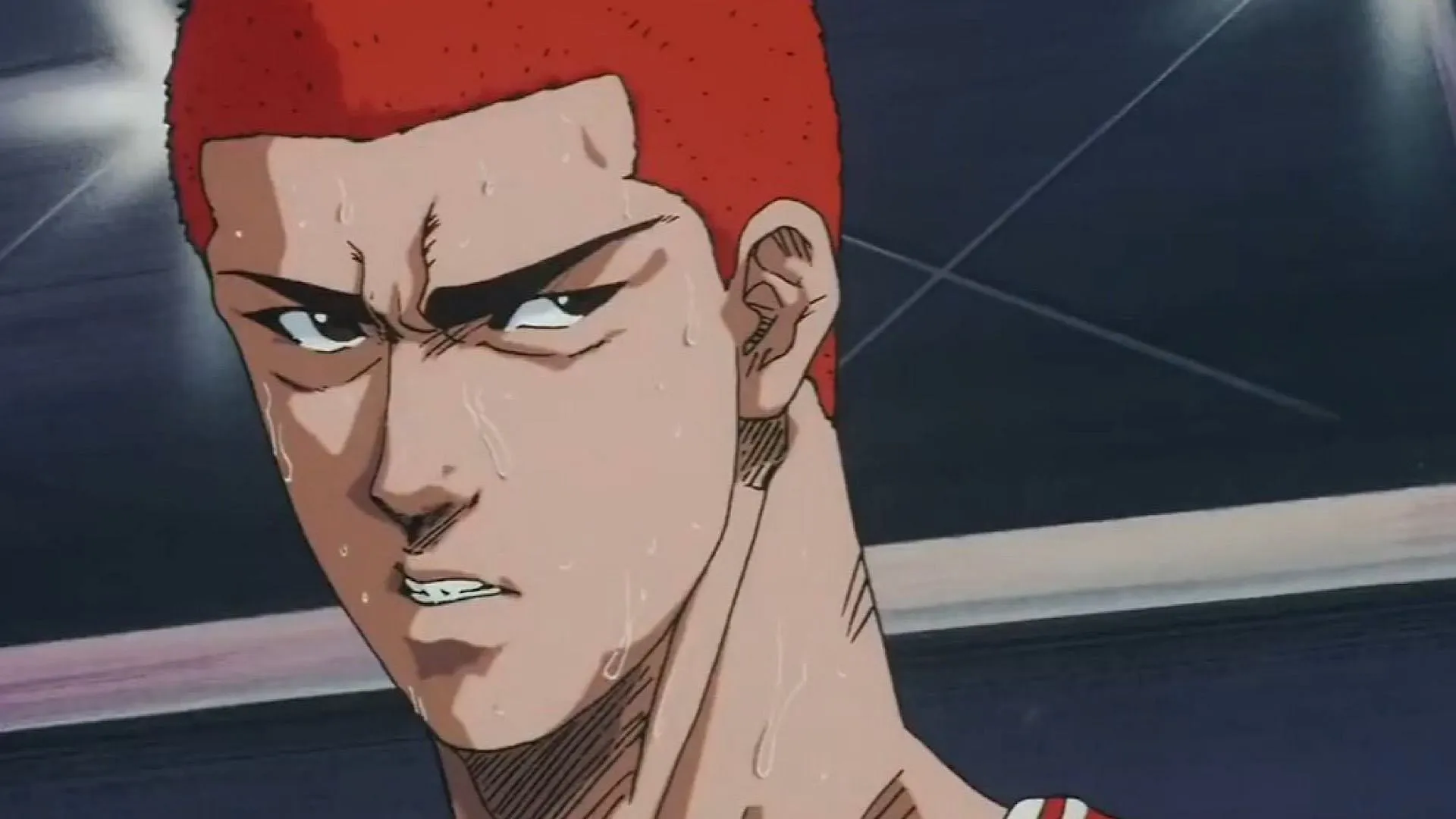
Sakuragi starts his journey as brash and overwhelmed with self-confidence, but the narrative reveals that this bravado hides deeper insecurities stemming from past bullying. His distinct red hair has made him a target for others, shaping his character backstory. Through basketball, he gradually discovers his true identity and strengths, learning to embrace both limitations and potential growth.
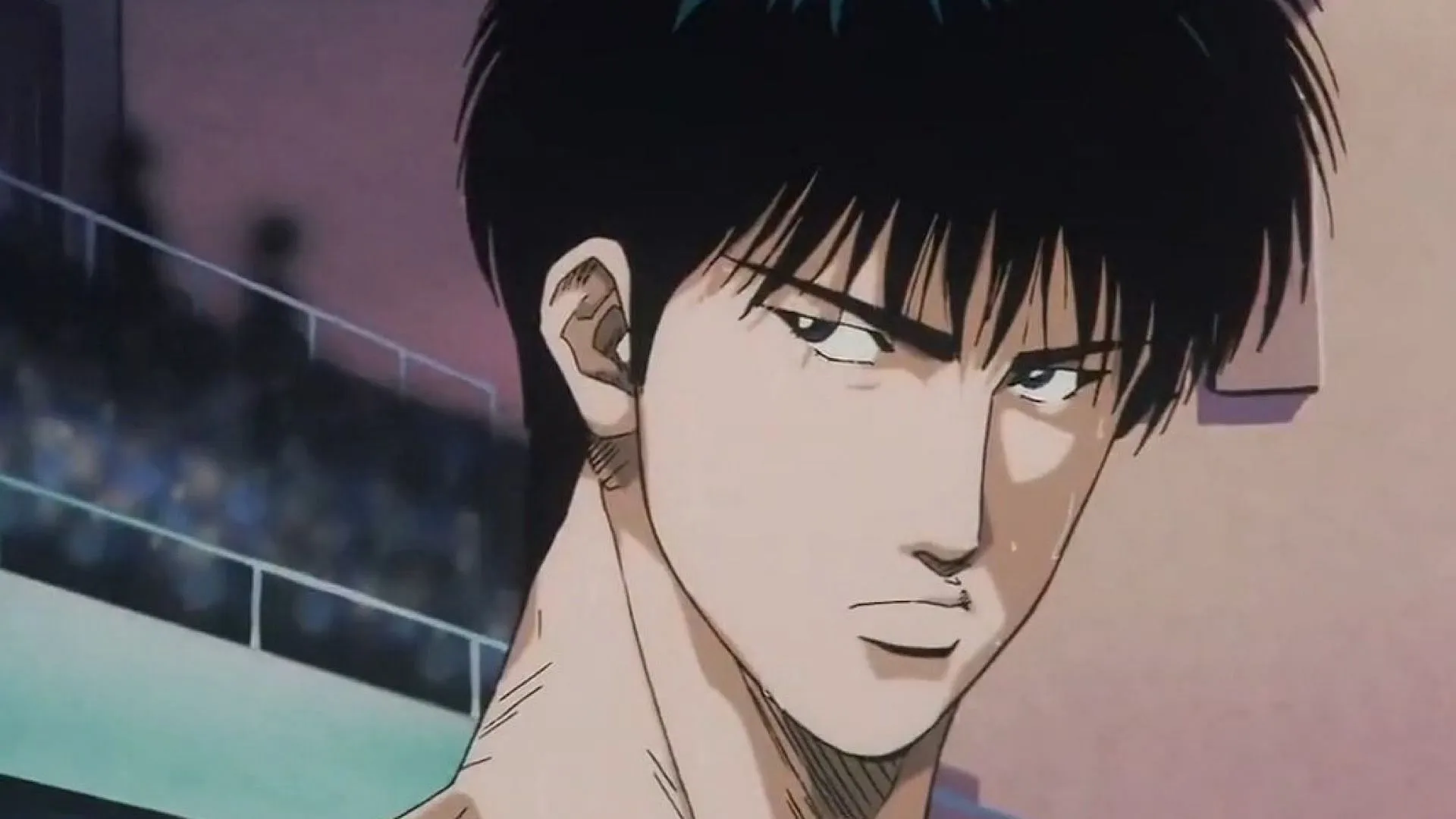
Rukawa Kaede undergoes significant character development as well. Initially exuding a sense of superiority due to his acclaimed skills, his perspective shifts during the Inter-High competition. Here, Rukawa comes face to face with his limitations and learns that collaboration is essential for success.
Moreover, Slam Dunk excels in portraying its antagonists, adding layers to the competition as Shouhoku faces diverse teams with unique strategies. This is especially highlighted in the climactic final match where Shouhoku takes on Sannoh, the reigning champions, pushing each player to their limits.
In this pivotal game, Rukawa sets aside his rivalry with Sakuragi, emphasizing the importance of unity and teamwork. Sakuragi, too, begins to believe in something larger than his own ambitions, leading to a heartfelt confession about his love for basketball, rather than for Haruko.
Concluding Thoughts
One of the distinctive features that make Slam Dunk a flagship in sports anime is its thorough explanation of basketball as a sport. Unlike many other series that overlook the technical aspects, Takehiko Inoue showcases a genuine passion for the game, further exemplified in his work, Real. Here, viewers gain a comprehensive understanding of basketball’s intricacies, making the series not only entertaining but also educational.
